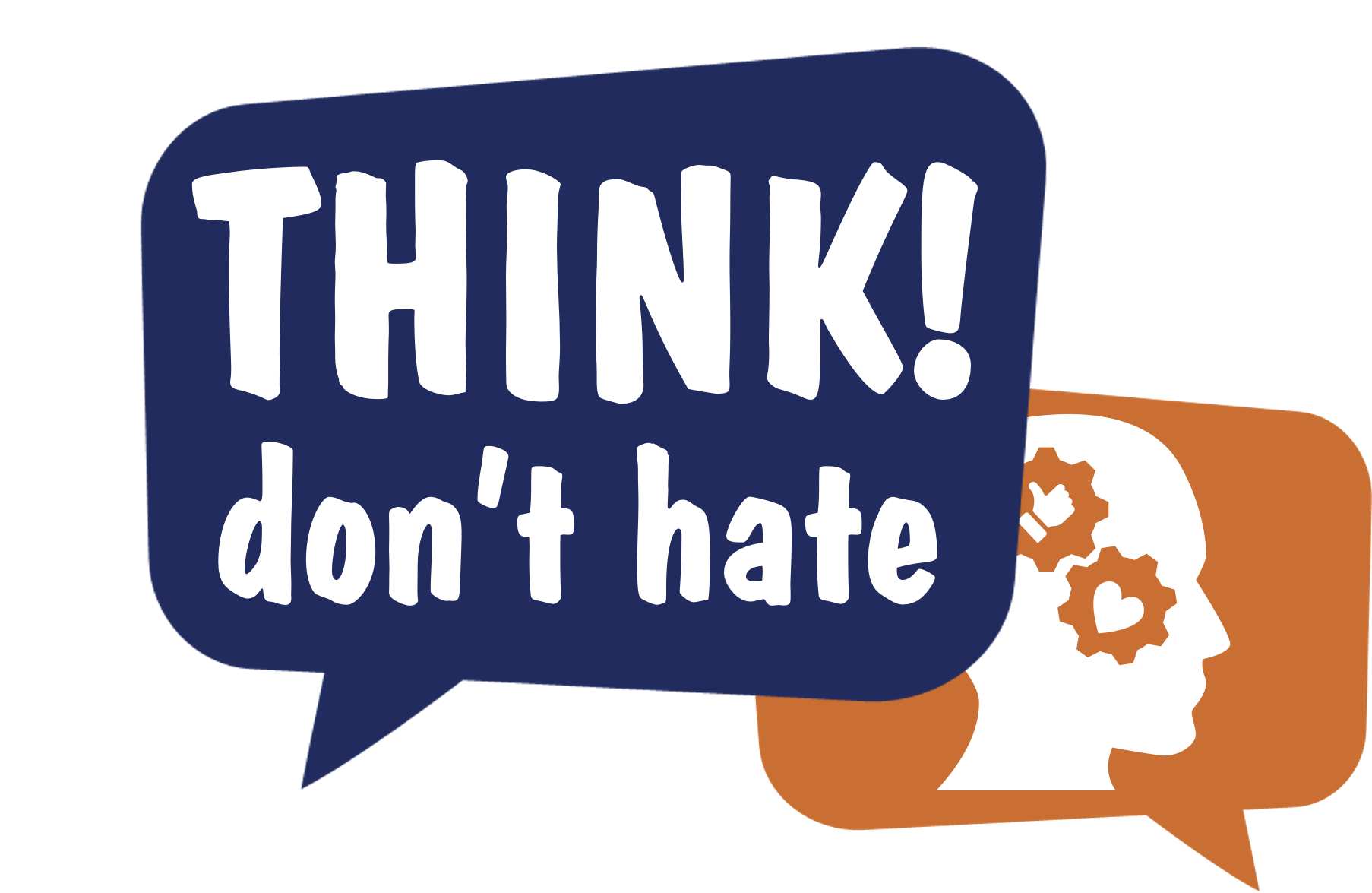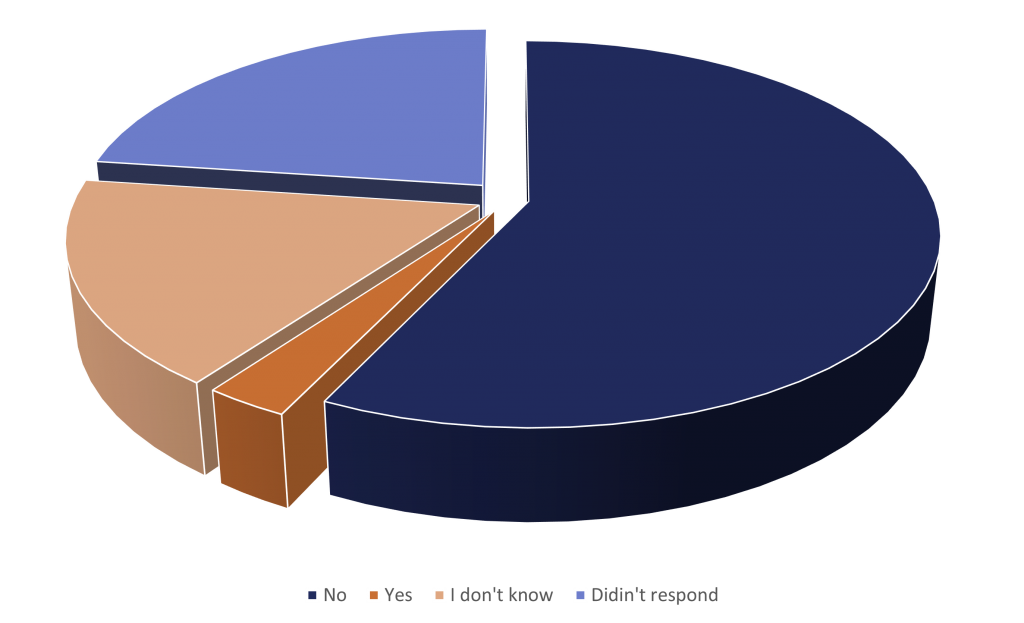
CHAPTER 3
A. Hate speech –tell me all about it!
As mentioned in the introduction of this Guide, online hate speech concerns the vast majority of internet users, let alone young people.However, people are either scared or embarrassed to confess being the perpetrators of spreading hateful content online at least one time in their lives, apparently because they acknowledge and understand the seriousness of the issue and prefer to keep some distance from it. Indicatively, in an online survey conducted by the National University of Ireland in the framework of the “NO HATE SPEECH MOVEMENT” of the Council of Europe, in the question “Have you ever postedor sent content online that could be considered hate speech?” only the insignificant minority of the respondents confessed having committed the act, while the majority of them proudly stated NO. However, a quite important percentage stated that they are not sure or have doubts whether they have actually become the perpetrators, proving that there is a still lot to be done in the field of raising awareness and informing people to this regard.
Have you ever posted or sent content online that could be considered hate speech?

In an effort to better understand it, it is important to get familiar with the most common forms and means of online hate speech. Let’s take a look:
Active VS Passive
Active hate speech refers to specific actions of the perpetrator, taking place in their individual space of expression (ex. social media profiles, blogs etc.) or in public spaces (ex. commenting on public websites, posting on public social media groups etc.) or directly towards the victim (ex. private message to the victim, posting on their social media wall etc.), including an open expression of discriminatory opinion, spreading original hateful content, energetically commenting or reacting to others’ hateful content, sharing or reproducing hateful content of others, openly supporting and advocating for it.
Passive hate speech refers to not reacting to hateful comments, observing but not reporting, refusing help or support to the victims, silently enjoying or following the progress of hateful posts online. For instance, following a person who is actively spreading hate speech online, though not reacting to their posts, or regularly watching videos of hateful content though not sharing them in their individual social media channels.
Direct VS Indirect
Direct hate speech refers to content that explicitly involves hateful language or opinions, openly expressing the writer’s/speaker’s opinion and directed straight towards the target group.
Example: “Stupid Muslims, they only know about blowing up innocent people! Kill them all!”
Indirect hate speech involves less explicit forms of hate speech, which is hiding between the lines and is no less dangerous than explicit incitement to hatred as they create false impressions in the subconscious of their audience.
Example: “The bloodstained explosion in the train station does not seem to have Christian flavor” (implying that it was a Muslim attack).
In narratives VS In actions
Narratives, as stories that include real and fictional elements and are meant to provoke some action or reaction, are used to promote hate speech, discrimination and oppression towards a certain target group.
Example: “Migrants steal our jobs.” (although this statement was discredited by researches, studies and analyses, it is still used to fuel xenophobia and justify discriminatory policies against this specific target group).
Actions are apparently the most obvious forms of hate speech, appearing in several different forms, as further explained earlier in“1.Active VS Passive”.
And how are we going to counter all these alternatives, all these variations of online hate speech? Is there an effective way to bring some positive change in society and promote human rights and respect to individuality? Let’s find out!